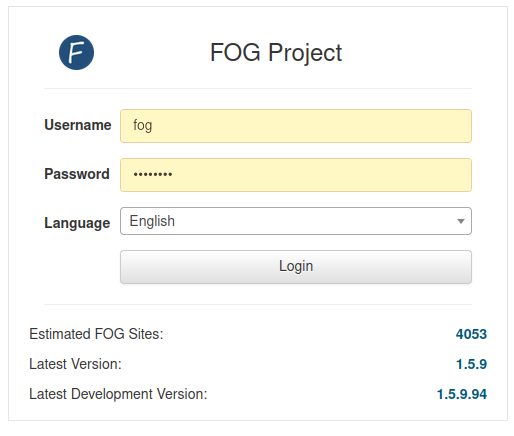It works with set the image type to “Single Disk - no resizable”, but, i can’t captured because updating database failed 
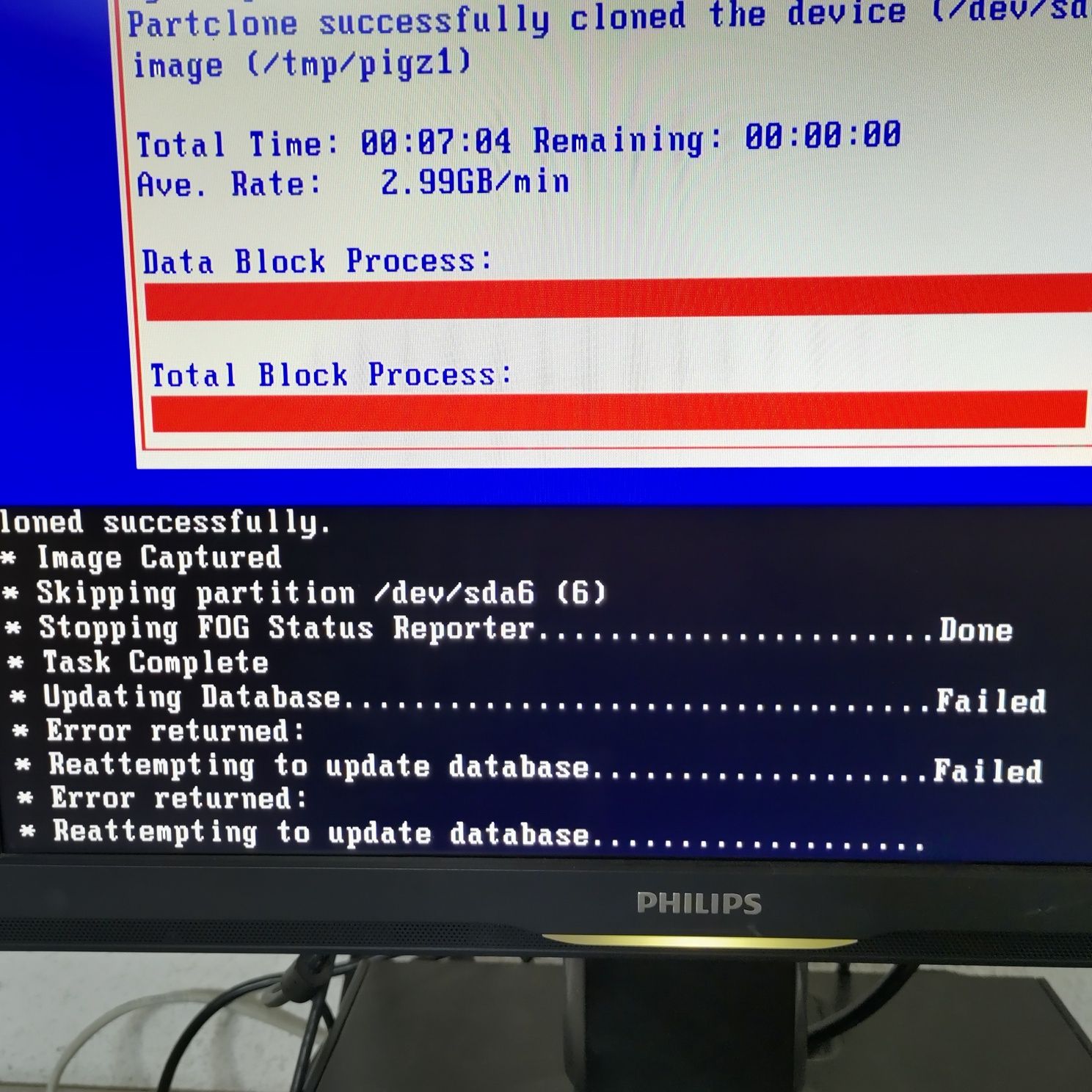
I don’t know why because my server works fine.
It works with set the image type to “Single Disk - no resizable”, but, i can’t captured because updating database failed 

I don’t know why because my server works fine.
What is surprising is that I want to capture only the sda5 partition since I am using the same image that I have defined according to the message you sent me: https://forums.fogproject.org/post/146165
I’m going to try to fix it with a live usb, I hope it will be enough!
Thanks @Sebastian-Roth it worked!
On the other hand, as you expected, I had to boot via the live usb grub-repair, then I ran the 2 commands
grub-install /dev/sda
then
update-grub
I also modified the /etc/fstab which was not correct anymore…
On the other hand, I have another problem that I can’t solve. I made some updates on my system (sda5 partition) and I want to capture it again to deploy it. Why do I get this error, knowing that it is an old linux system on the workstation:
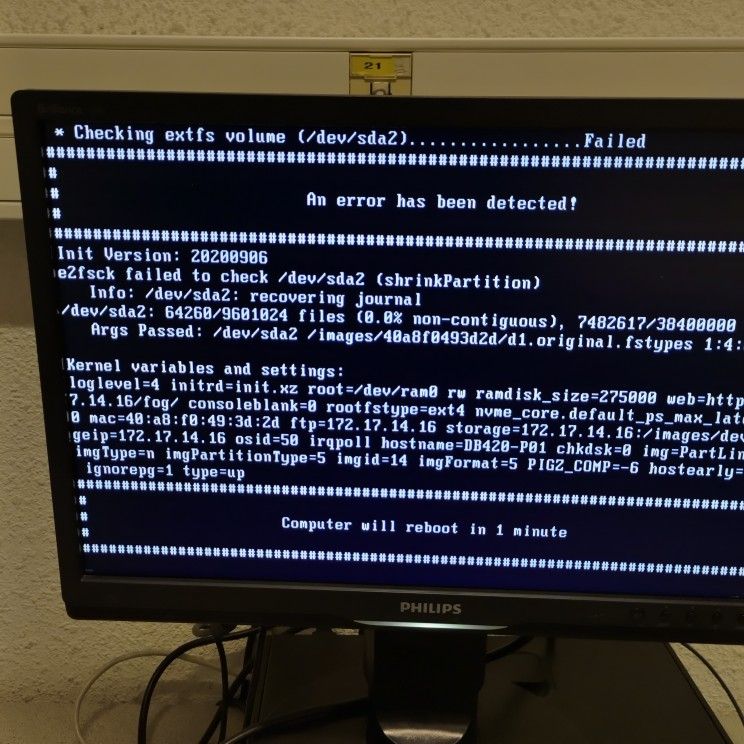
Why does Fog check this sda2 file system? And how can I get away with my capture?
Thanks a lot for your help!
Thanks a lot @Sebastian-Roth for your quick response !
One last question in link before I test…
The partitioning scheme of my UbuntuMate20.04 image to copy is this one:
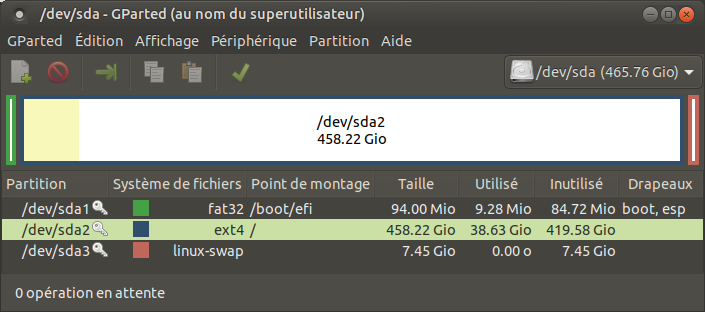
Files in my image directory :

I guess I have to copy the d1p2.img file? What about the other files, I don’t need them?
Thanks !
I made the same thing with this doc : https://wiki.fogproject.org/wiki/index.php?title=Migrate_FOG
Hello,
I would like to know if it is possible to modify only the Linux partition of a multiboot computer (with windows).
I have this computer (not yet inventoried in FOG):
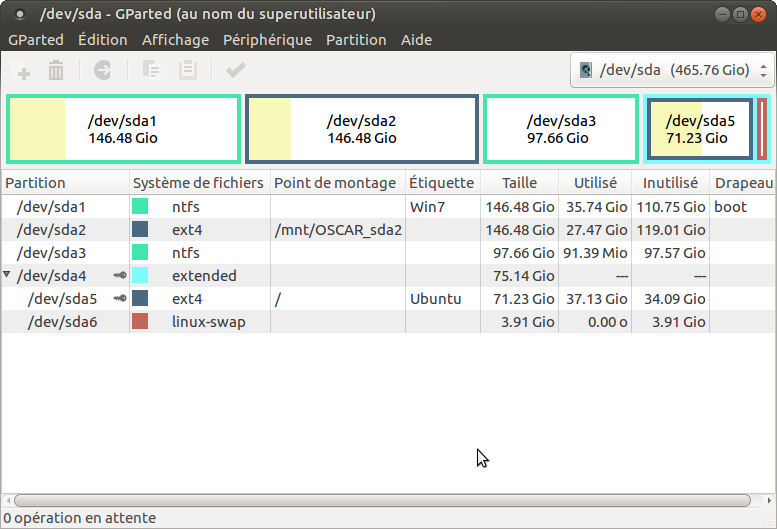
and I would like to replace the sda5 partition by the Ubuntu Mate 20.04 image that I deployed in another classroom which is single disk resizable?
How do I go about it? Is there a tutorial?
Thanks a lot!
Je suis aussi preneur de documentation par rapport à cela et notamment sysprep.
Autre solution, cloner le poste sorti du domaine et l’intégrer à posteriori.
@Sebastian-Roth you put me on the track!
The bios was configured in legacy bios first, I switched to uefi first and it works!
Thank you!
@george1421 said in Which USB 3.0 ethernet adapter?:
@bristow-0 OK I can say I’ve never heard of an “LDLC Aurore” computer before. It must be a local French brand. If you want to pxe boot then you will need to get a usb network adapter that LDLC computer’s support.
This is Clevo. The good thing is that they provide PCs without OS.
Now for a uefi computer making the computer boot iPXE from the flash usb drive is pretty easy. https://forums.fogproject.org/topic/6350/usb-boot-uefi-client-into-fog-menu-easy-way Understand that “trick” only works for uefi based computers. BIOS computer’s can’t boot using this method.
Cool, thanks a lot !!
@sebastian-roth Thank you, I understood correctly.
I don’t use this type of setup: PXE and then hard disk in the BIOS. PXE does not start by default.
@george1421 said in Which USB 3.0 ethernet adapter?:
@bristow-0 The issue/trick is to get a usb network adapter that is supported by your laptop/tablets firmware. The uefi firmware is very much like a small linux operating system in that it has a limited set of drivers built in to support pxe booting. So the firmware needs to know about the network adapter. You can’t just use any generic network adapter to pxe boot. In this case you will only need the usb 3 ethernet adapter when you image the computer. Once the target computer has the windows OS on it then it can use wifi.
Thanks. OS will be Gnu/Linux
What model computers are we talking about.
This one : https://www.ldlc-pro.com/fiche/PB00424400.html
and they are based on clevo models : https://www.pcw.fr/93-15-6-pouces
As an alternate If you ignore pxe booting on the target computer, but instead usb boot into iPXE then you can use any generic USB to ethernet adapter supported by iPXE. So for this idea you will need a usb ethernet adapter supported by both iPXE and FOS Linux as well as a usb flash drive with iPXE loaded on it. You will boot iPXE from the flash drive, it will see the generic ethernet adapter and jump into the fog iPXE menu.
Ok, but I don’t understand what iPXE is, is it a Linux system? How do you install it on the USB key? I must have missed a step 
Thanks for your reply !
Most laptops come without an RJ45 port. But we need a PXE compatible ethernet port to deploy our images.
Do you know a compatible adapter?
LDLC (a French shop) refers us to this Microsoft model, but 50€ is too much for schools…
Do you have any cheaper references that would be recognized at boot time (our laptops are without OS).
Thanks
@sebastian-roth said in Grub rescue after deploy task:
Please change the boot order to let this machine boot from disk directly to see if that works.
This machine is already booting on the disk, or I didn’t understand how FOG works and if I need to change something else?
Is this setting correct, I don’t understand what it does?

Thanks
Hello,
I have prepared an Ubuntu Mate image with 3 partitions
Everything went well and I captured my image with this setting:
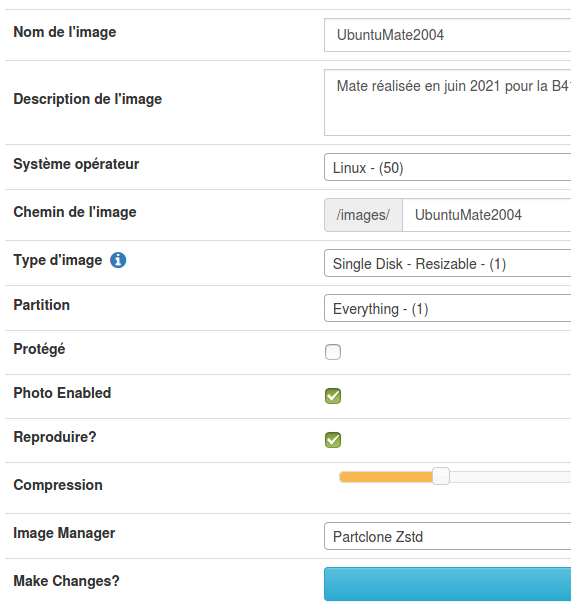
Now I deployed to test on another workstation, and every time it starts, I get a grub rescue error:
error no such partition
grub rescue>
Is this a problem with my host settings?
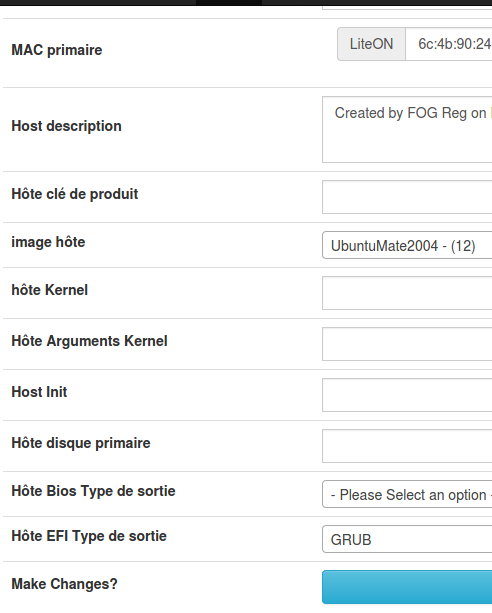
Thanks for your help!
@julio said in démarrer une machine via le réseau:
@george1421 désolé george pour le dérangement, j’ai trouvé le problème à ma solution tout seul ne prend pas en compte mes messages et mes images stp. merci bien
C’est bien aussi de donner la solution au problème. Cela peut servir à d’autres personnes. Merci.
@lemeunier said in FOG Project call for engagement:
PS: j’ai la flemme de traduire ça en anglais…
Pourtant, cela prend 3 s avec https://www.deepl.com/translator
Hello Sebastian, Hello Tom
First of all, I would like to salute your work which is very helpful for us on a regional scale (Hauts-de-France, France).
The development of FogProject systems is unquestionably irreproachable and indispensable for large structures such as ours.
Have you thought about switching to a business model geared towards professionals, like WAPT?
We would be delighted to collaborate with you in this context, and this would allow you to recruit developers in a paid way.
Best regards.
(Ne compliquons pas la vie des développeurs)
My work is online (PR on GitHub) : https://github.com/FOGProject/fogproject/pull/431
Bonjour, @tallier
Pensez à écrire en anglais sur ce forum (en attendant un sous-forum français). Deepl est votre ami pour la traduction https://www.deepl.com/translator
Pour déployer un serveur Windows, je mettrai Windows Other au niveau de l’image.
Traduction Deepl :
Think of writing in English on this forum (while waiting for a French sub-forum). Deepl is your friend for translation https://www.deepl.com/translator
To deploy a Windows server, I will put Windows Other at the image level.
Did all packages install properly?
Rocky Linux doesn’t seem to be a natively supported distribution, so are the requirements ok (https://wiki.fogproject.org/wiki/index.php/Installation#Requirements)?
modules:composer.user_said_in, @sebastian-roth, Update french translation for Fog 1.5.9
the home page is still in English whereas on the stable version, I was in French by default
Which page do you mean when you say “home page”? I remember @Tom-Elliott worked on one part of the translation code. Maybe one of those commits changed the behaviour:
https://github.com/FOGProject/fogproject/commit/4e9c5a87ba3d938f06861c26cdd2f6e65ca1d812
https://github.com/FOGProject/fogproject/commit/63a59e870674e619dd39d836c447a606ad2d5b2f
https://github.com/FOGProject/fogproject/commit/c1cde2f1d0054d19566459e9bc7830519c186e61
This page is always in English in dev-branch :
